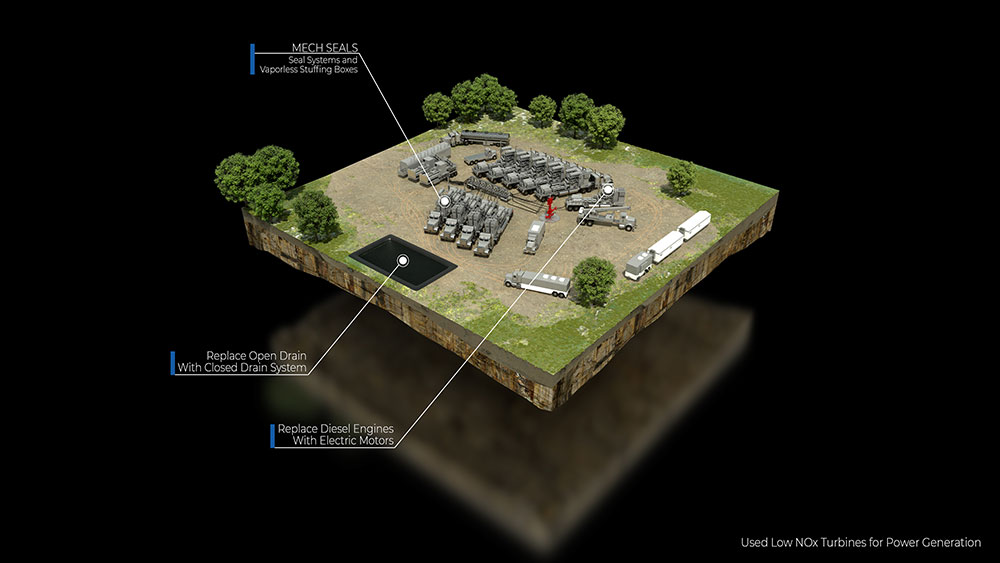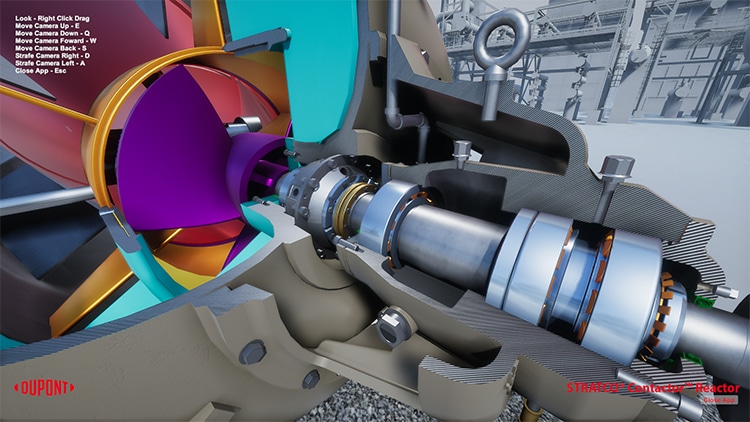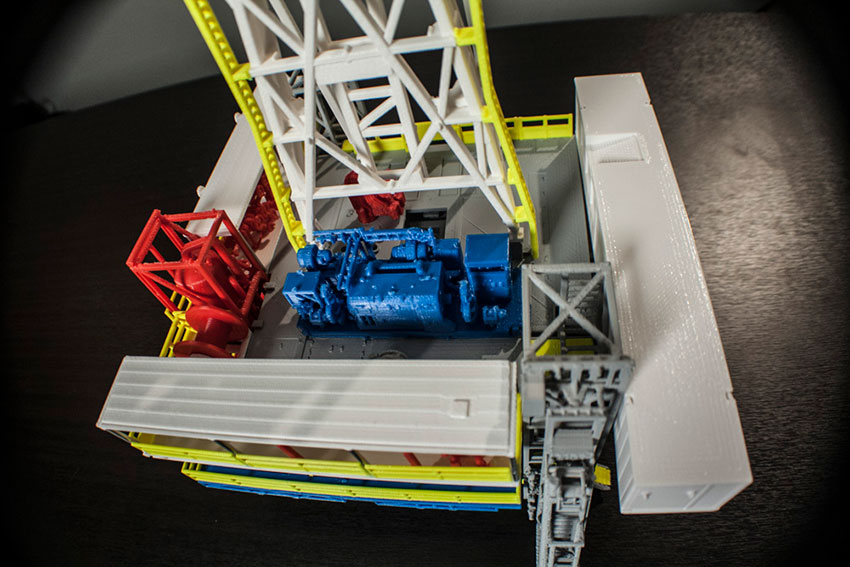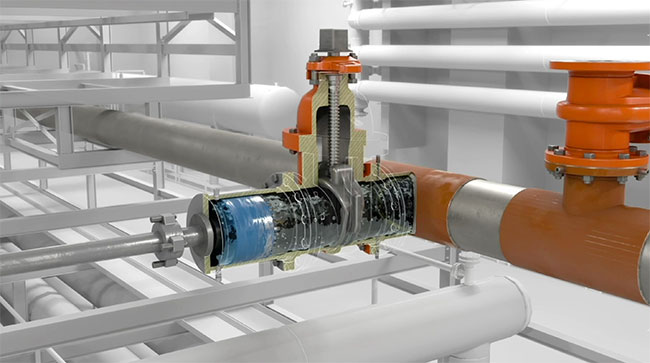Immersive Media Design
Discover how the integration of Unity into animation content creation revolutionizes workflows by enabling real-time rendering, accelerating the process of animating. Contact us in order to obtain access to our range of 3D animation offerings.
In addition to its applicability in simulations and interactive applications, real-time animation has advanced from its previous constraints of basic graphics to now generating remarkably lifelike visuals.
Film animation had predominantly been crafted in two dimensions for a considerable duration until the advent of computer-generated imagery (CGI), which marked the dawn of a fresh era in 3D animation. In the present day, there is a range of methods employed for crafting films in both 2D and 3D formats. Therefore, what are the fundamental distinctions between these two categories of animation?



